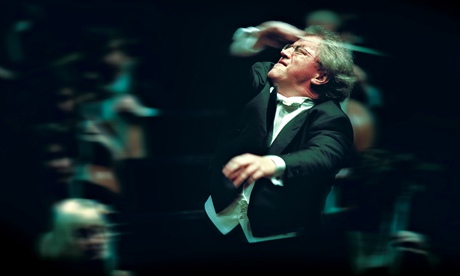
Since the Minnesota Orchestra made peace with its players at the beginning of the year, Osmo Vänskä is no longer an itinerant conductor without portfolio. But he now seems to have established an excellent working relationship with the London Philharmonic, so thankfully he’s likely to remain a regular visitor to London.
The first of this week’s concerts was devoted to the composer that Vänskä conducts better than anyone else alive, Sibelius. But it did not, this time, include any of the symphonies: the main work in this programme was the suite of four pieces based upon the Lemminkäinen legends. They are early works, all composed before the First Symphony, though revised much later too, and full of hints of the greater music to come.
The performance, with some superb playing from the LPO, especially from its woodwind and brass, was also a perfect demonstration of what makes Vänskä’s Sibelius so special. Everything is conceived from the bottom up, beginning with the pedal notes that are such an important part of Sibelius’s harmonic thinking, and adding each musical layer on top, so that solidity and rigour are assured. Even in the most wayward passages of the suite, such as in the third movement, Lemminkäinen in Tuonela, there was no doubt where the music was heading, and the finale, Lemminkäinen’s Homeward Journey, became an exuberant, totally satisfying release.
Chronologically, the programme moved backwards. Vänskä had begun with the brief, brooding tone poem The Bard, composed immediately after the Fourth Symphony in 1913, and then the Moscow-born French violinist Alexandra Soumm was the soloist in the Violin Concerto. That had its moments, especially the opening, with the beautifully shaded solo playing perfectly cushioned by the LPO strings, but as the work went on, Soumm seemed to be trying too hard to make her performance intense and wrought, so that despite the technical brilliance, and the tellingly detailed accompaniments that Vänskä engineered, much of the poise and focus were lost.

